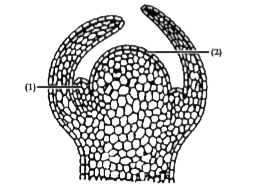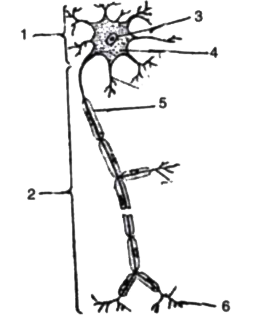Study the diagram given below and answer the questions that follow :

Mention any three adaptations found in plants to overcome the process studied in the experiment. .
Step by step video & image solution for Study the diagram given below and answer the questions that follow : Mention any three adaptations found in plants to overcome the process studied in the experiment. . by Biology experts to help you in doubts & scoring excellent marks in Class 10 exams.
Updated on:21/07/2023Topper's Solved these Questions
- TRANSPIRATIONBOOK - ICSECHAPTER - TRANSPIRATIONEXERCISE - CHOOSE THE CORRECT ANSWER
14 Videos
- TRANSPIRATIONBOOK - ICSECHAPTER - TRANSPIRATIONEXERCISE - COMPLETE THE FOLLOWING STATEMENTS
23 Videos
- STRUCTURE OF CHROMOSOMES , CELL CYCLE AND CELL DIVISION BOOK - ICSECHAPTER - STRUCTURE OF CHROMOSOMES , CELL CYCLE AND CELL DIVISION EXERCISE - ASSERTION & REASON
10 Videos
Similar Questions
Knowledge Check
Study the diagram given below and answer the questions that follow:

Menstrual cyde operates in ______AAll vertebratesBAll mammalsCOnly primatesDOnly apesStudy the diagram given below and answer the questions that follow:

The structure marked 'E' is ______ACorpus luteumBSecondary follicleCGraafian follicleDCorpus albicans
Given below is an experimental set-up to demonstrate a particular process. Study the same and answer the questions that follow :

Mention any three adaptations found in plants to overcome the physiological process mentioned in being studied.
View SolutionMention any three adaptations found in plants to favour the process of photosynthesis.
View SolutionStudy the diagram given below and answer the questions that follow:

Identify the above structure and mention its location
View SolutionStudy the diagrams given below and answer the questions that follow:

Name the process occurring in B and C.
View SolutionStudy the diagram given below and answer the questions that follow :

Which tissue is found in this structure?
View SolutionStudy the diagram below and answer the questions that follows :

Name the activity shown in the diagram.
View Solution

